LALove
Brilliant_Rock
- Joined
- Nov 3, 2009
- Messages
- 1,048
I'd just like to thank you Kenny for starting this thread as well as everyone else who responded. I had always assumed that these thin bands/rings were totally safe since so many top/highly regarded jewelers are making them. I love the look of a huge stone with a thin band and had planned to get something similar for my upgrade- I would not have thought to go over the durability of that design with the jeweler.

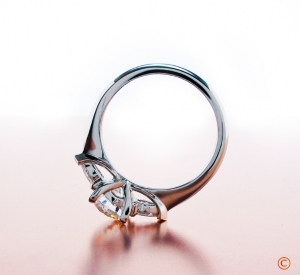
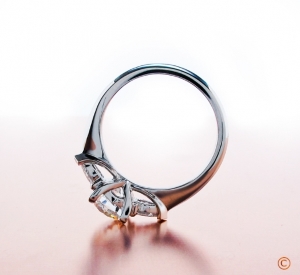
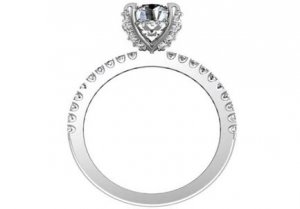
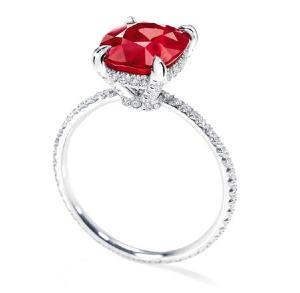
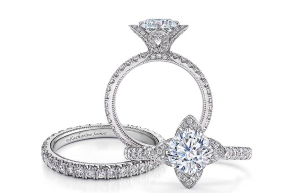
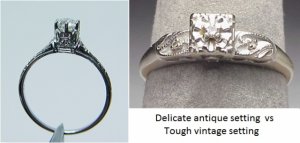


300x240.png)